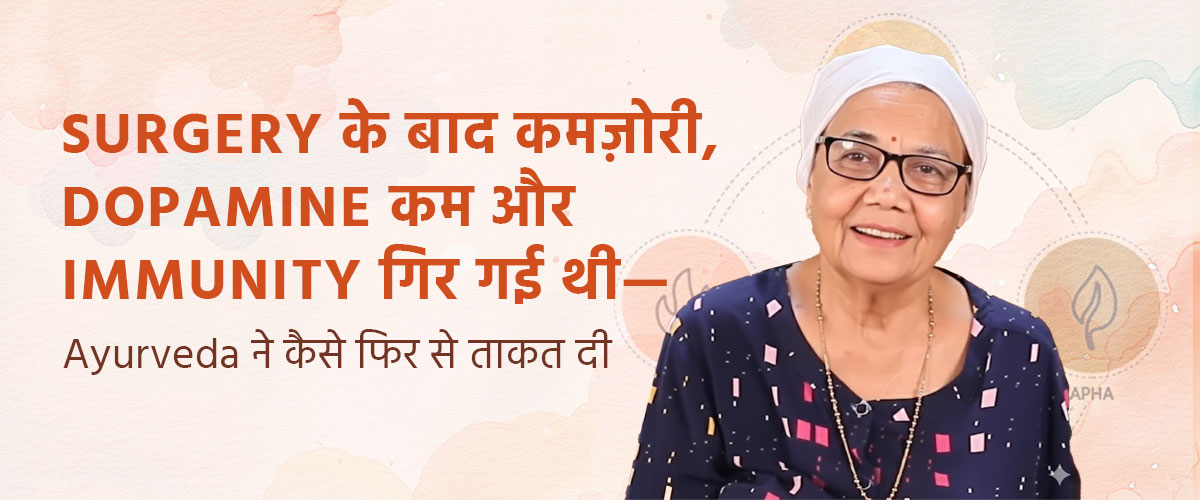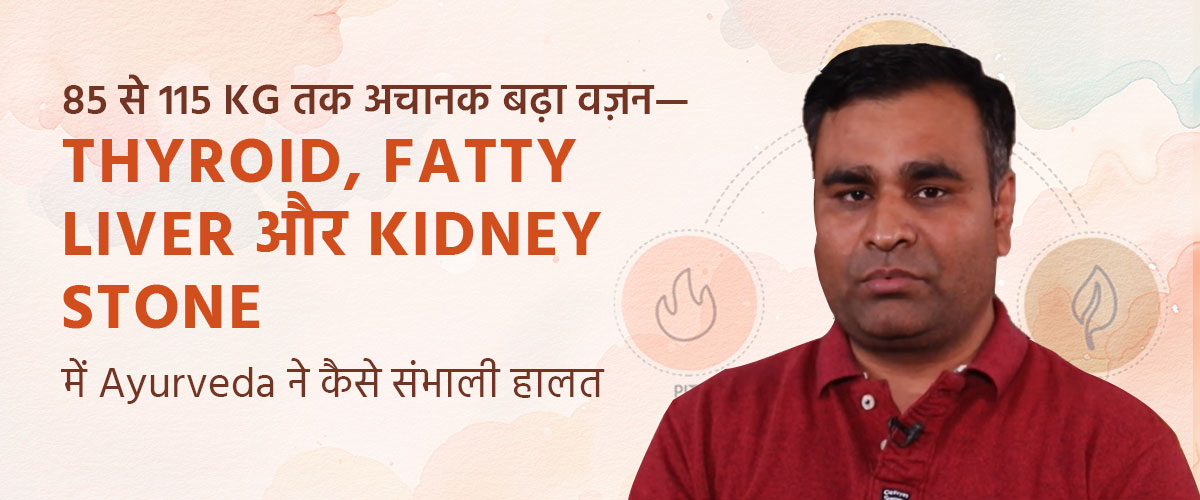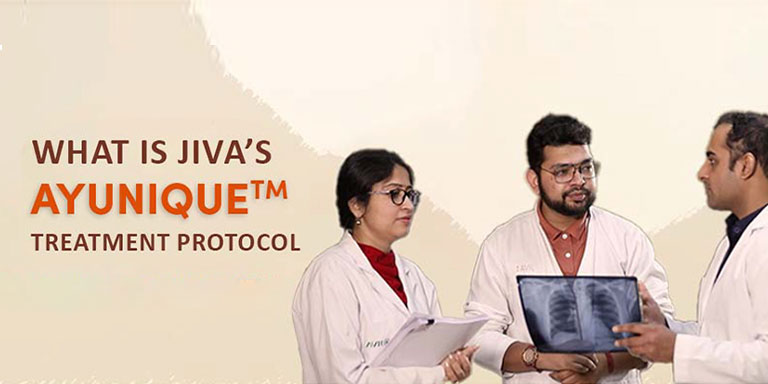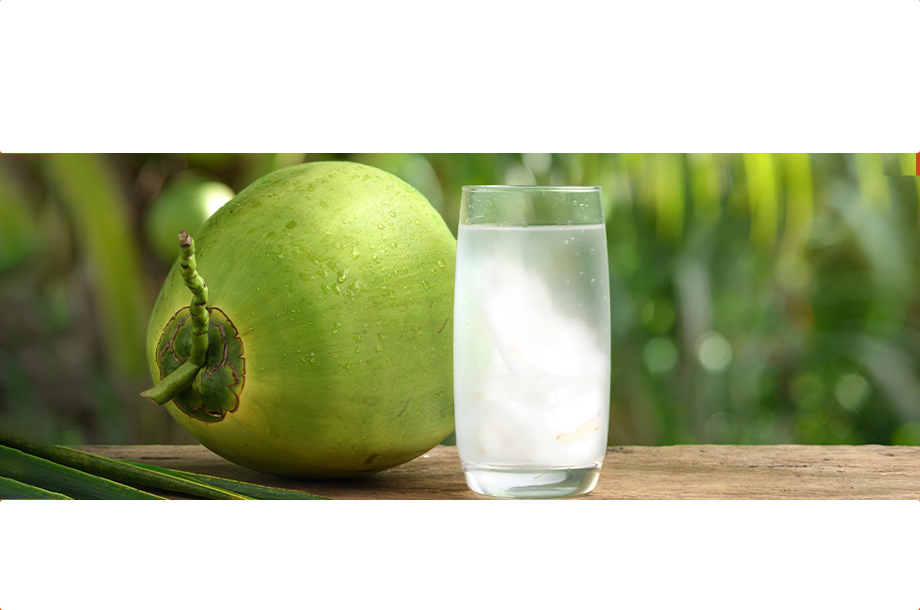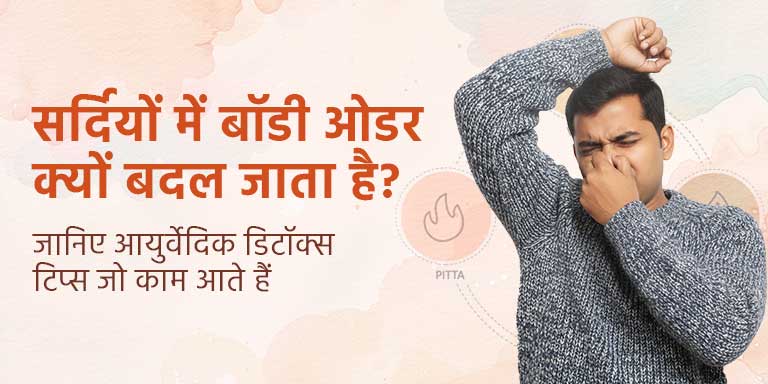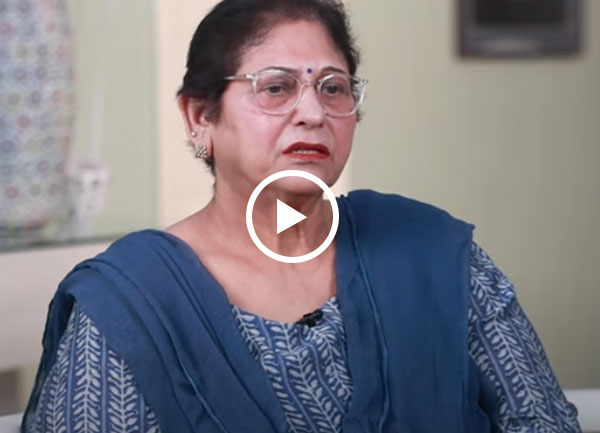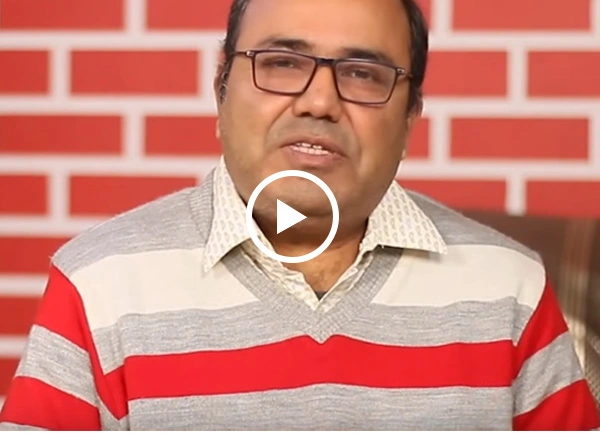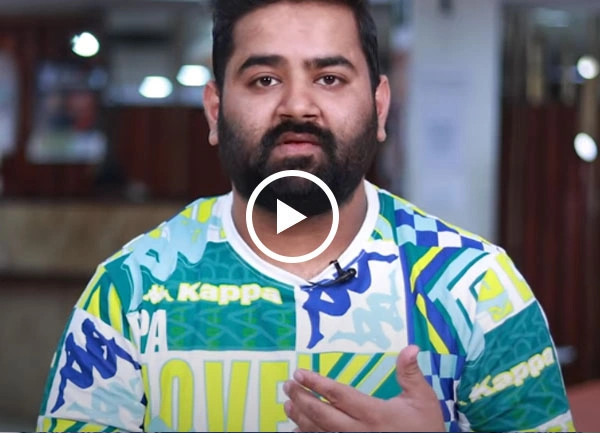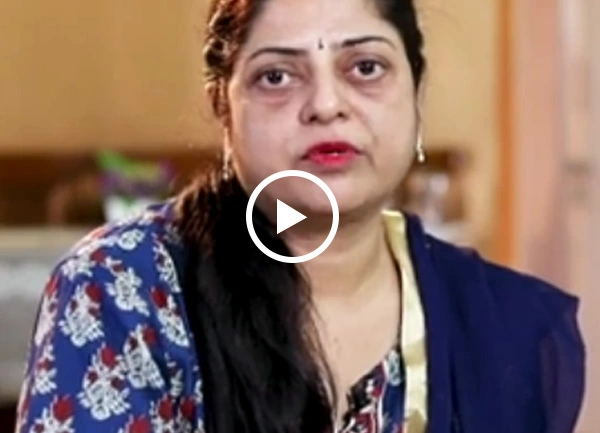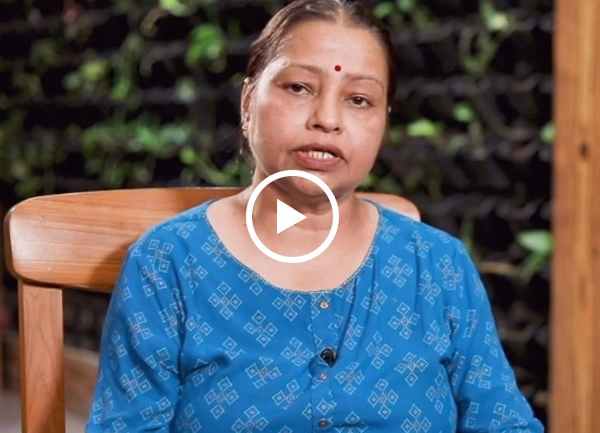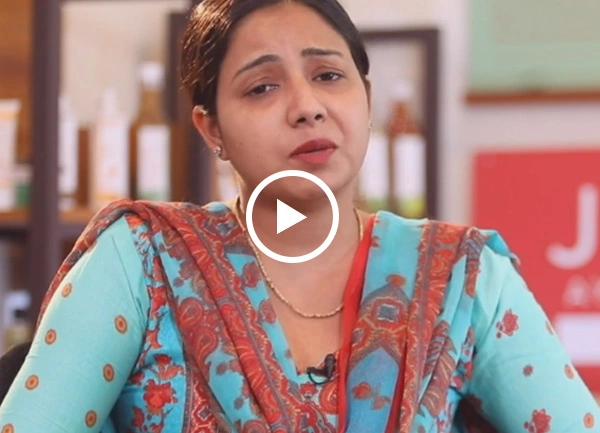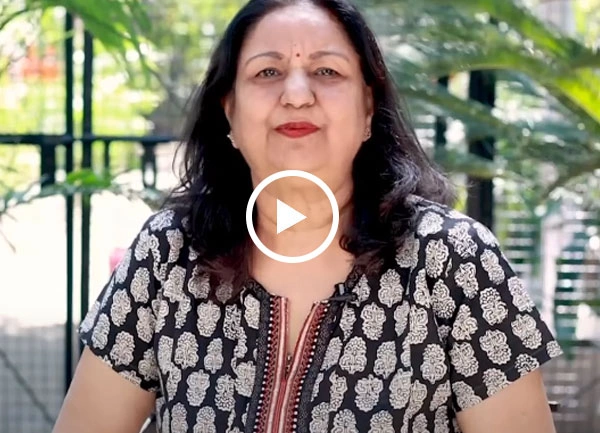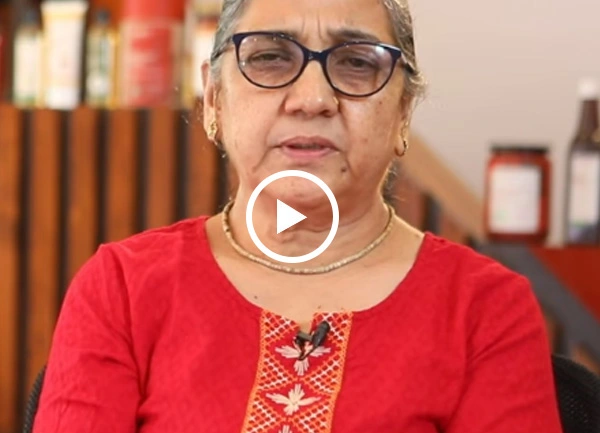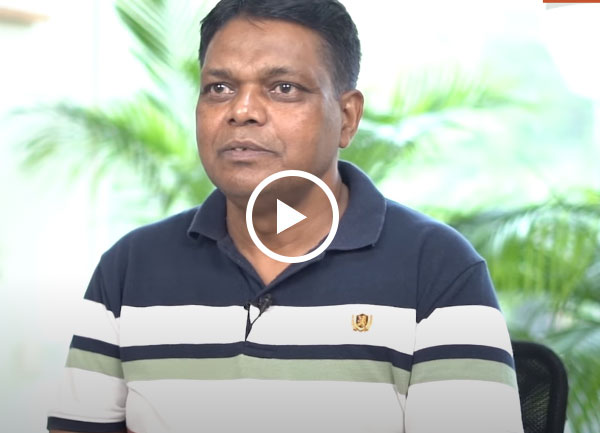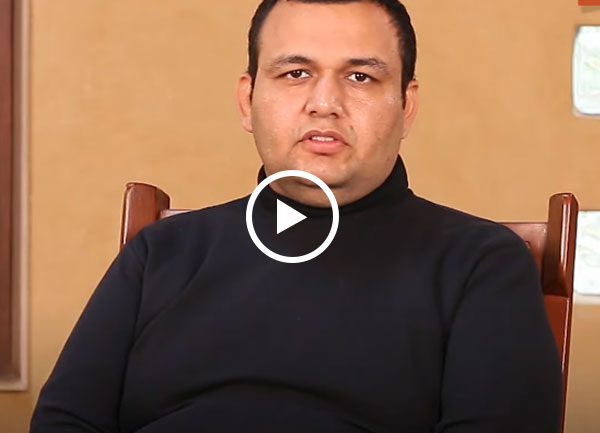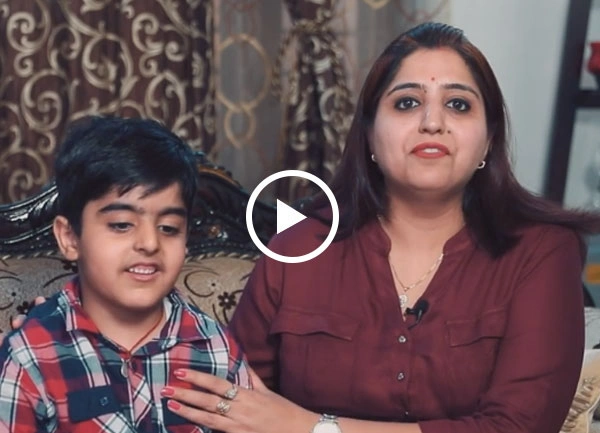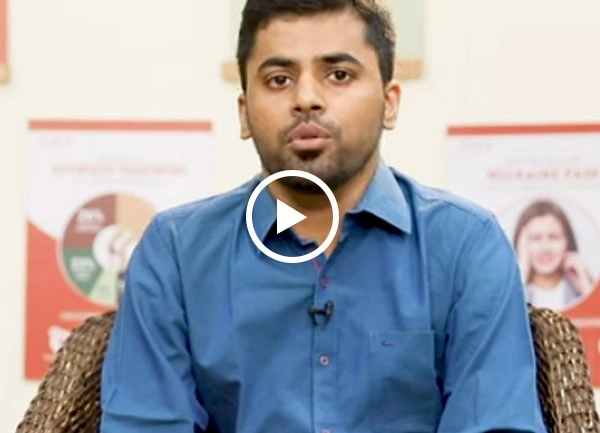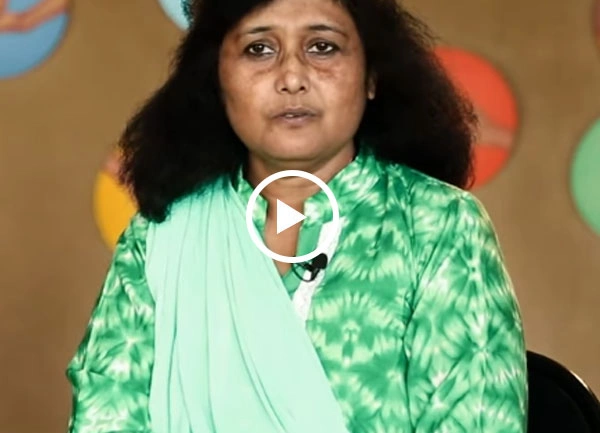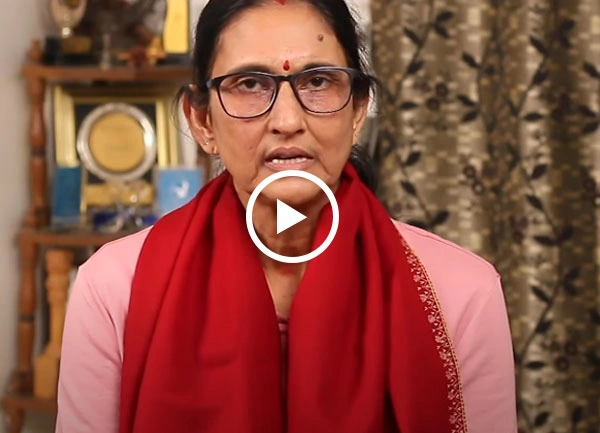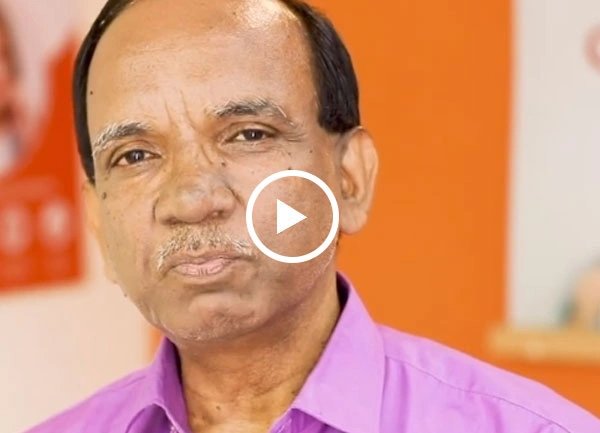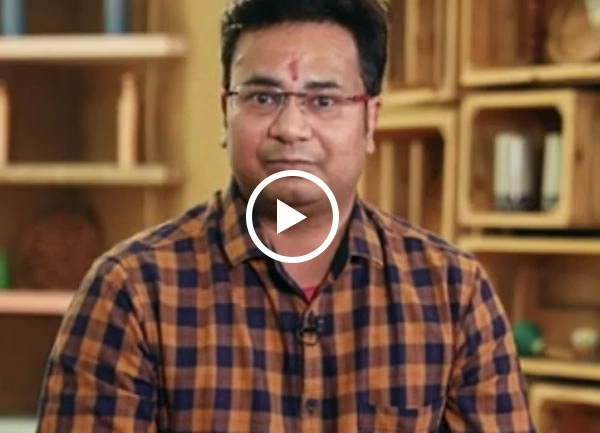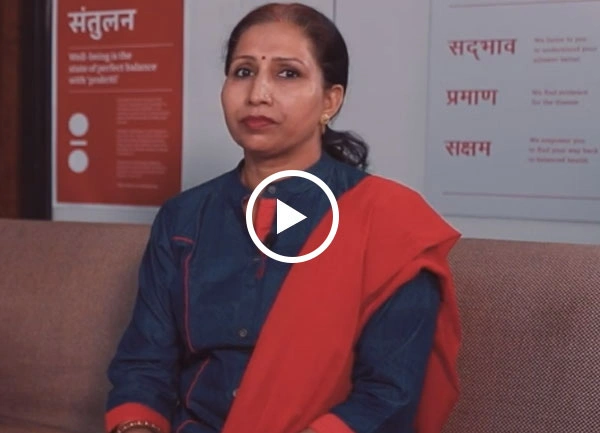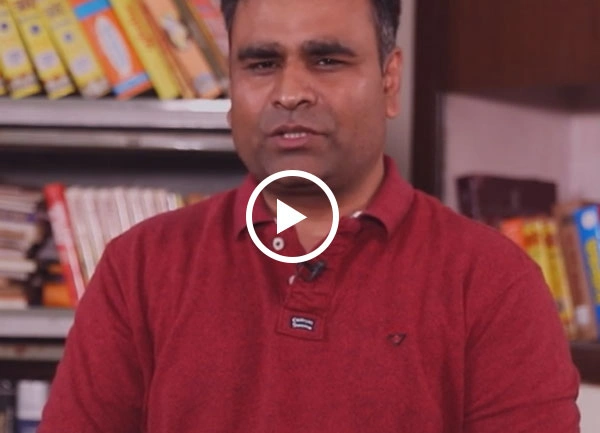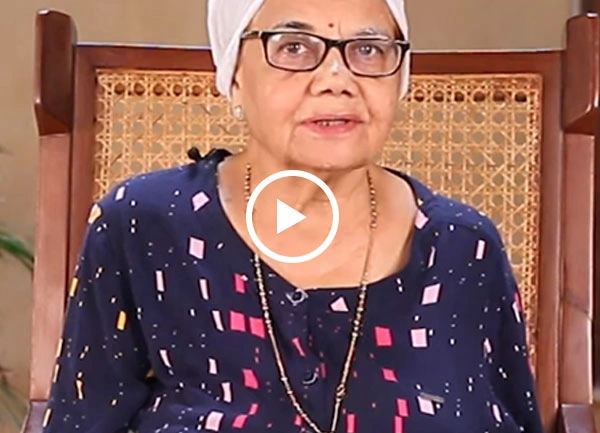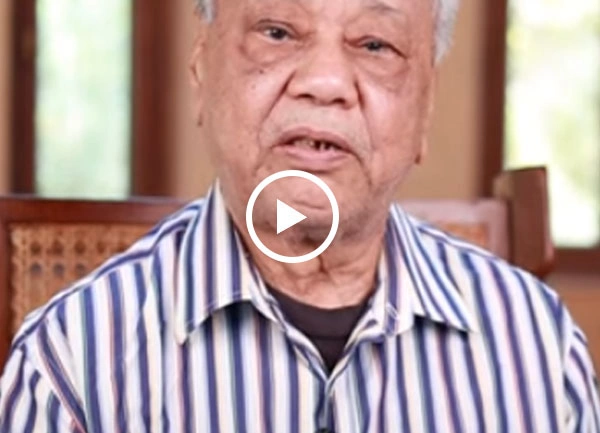The pancha nidana refines a diagnosis in cases where a single causative factor (nidana) may create a number of different diseases. For example, the aggravation of vata causes eighty different types of diseases. Generally, it is not sufficient to know only the cause of the disease, in this case the aggravation of vata dosha. Knowing the various types of vata, it is important to procure information about the dosha type, body channels (srotas), tissues (dhatus) and systems that are involved in the pathogenesis of the disease in question. Simply implementing an "anti vata" therapy may not permanently eradicate all vata related disorders, if the other affected factors have been overlooked.
The Pancha Nidana:
Nidana - The Causative factor
Nidana is the disease-causing factor. Diet, life style or external factors like environmental variations (excessive heat, cold or rain), injuries or any other factors that disturb the doshas are considered nidana. If we know that certain foods or particular activities aggravate a dosha we can avoid those causative and triggering factors and prevent manifestation or recurrence of disease.
In Ayurveda, nidana parivarjana or "avoiding the cause" is considered as the first line of treatment in most of the diseases. For example, avoiding heavy, sweet foodstuffs and sedentary lifestyle is the first step towards healing of diabetes.
Purvarupa - The Preliminary indications
Purva rupa are preliminary signs of disease. These symptoms appear before the actual onset of any illness, and are warning signs that disease may soon manifest. Each disease has specific preliminary signs. If there is any confusion about a specific diagnosis arising due to similar symptoms or causative factors, then purva rupas need to be considered. For example, in the case of epilepsy, the purva rupas include dimness of vision, particular odors or tastes becoming prominent and a throbbing pain all over the body
Rupa - The Symptoms
Rupa, or the symptoms of a disease, indicate the actual onset of the manifestation process. When rupa appear, the disease becomes more pronounced with obvious and clearly defined symptoms. The rupa can be considered the advanced form of the warning signs (purva rupa). The severity and number of symptoms present provide the doctor with indications of physical impacts, the possibility of cure and the length of time healing may take.
Upashaya - The Exploratory Treatment
There are certain diseases which have identical causes, preliminary signs, and symptoms. For example, fever may be a symptom of typhoid, malaria or pneumonia. In ancient times, when modern scientific testing techniques did not exist, a specific diagnosis was aided by upashaya. This involves investigating and eliminating particular diseases through diet, herbal remedies or physical therapies that can help to make an exact diagnosis. For example, in the case of fever, the doctor might try prescribing quinine to see if the symptoms are alleviated. If that reduces the severity of symptoms, it confirms that the patient has malaria. If quinine makes no difference, malaria can be eliminated as one of the potential diseases. Similarly, dietary changes may be recommended by a doctor to confirm an opinion about a suspected diagnosis.
Samprapti - Development of the disease
Samyak means "proper" and prapti is "to get." Samprapti is to get the proper knowledge about the pathway of disease manifestation. This provides complete knowledge of the disease progression, starting from the cause, the doshas involved and the location where aggravated doshas are accumulated (dooshya). All the bodily changes that occur from the time of exposure to the causative factor, to the actual onset of disease and its manifestation are placed under this category.
Benefits of pancha nidana In addition to identifying the nature, location and treatment of disease, pancha nidana also helps in the prevention of disease, as it provides an understanding of causes (nidana). Avoiding or taking certain precautions prevents exposure to the specific factors that generate disease.
Similarly, if we have knowledge about the preliminary signs and symptoms of a particular disease (purva rupa and rupa), steps to combat the disease can be implemented at that stage, before the disease has actually manifested.
In the same way, the exploratory treatments (upashaya) and disease pathway (samprapti) allow a thorough understanding about specific aspects of the disease, and permit us to refine treatment regimes in order to ensure the cure is permanent.
The knowledge of pancha nidana is therefore valuable in diagnosis of diseases especially the ones with similar features. A thorough application of these diagnostic techniques assists in determining the right treatment to permanently cure the disease.



